Divide, if possible. If not possible, write "not defined."2,856 ÷ 8
A. 359
B. 359 R 7
C. 357
D. 357 R 1
Answer: C
You might also like to view...
Find all the second order partial derivatives of the given function.f(x, y) = cos xy2
A. fxx(x, y) = y2 sin xy2; fyy(x, y) = 2[2y2 cos (xy2) - sin (xy2)] ; fyx(x, y) = fxy(x, y) = 2y[y2 cos (xy2) - sin (xy2)]
B. fxx(x, y) = -y4 cos xy2; fyy(x, y) = - 2x[2xy2 cos (xy2) + sin (xy2)]; fyx(x, y) = fxy(x, y) = - 2y[xy2 cos (xy2) + sin (xy2)];
C. fxx(x, y) = - y2 sin xy2; fyy(x, y) = 2[ sin (xy2)- 2y2 cos (xy2)] ; fyx(x, y) = fxy(x, y) = 2y [sin (xy2)-y2 cos (xy2)]
D. fxx(x, y) = - y2 sin xy2; fyy(x, y) = 2y ; fyx(x, y) = fxy(x, y) = 2
; fyx(x, y) = fxy(x, y) = 2
Solve the system. Indicate all corner points and shade the solution set.2x + y ? 4 x - 1 ? 0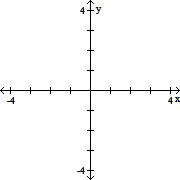
A. 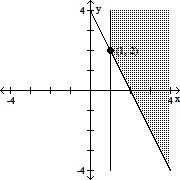
B. 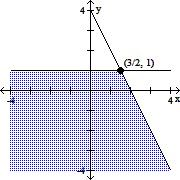
C. 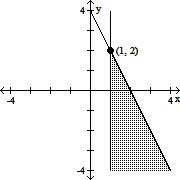
D. 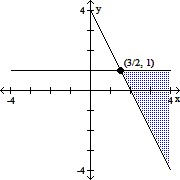
Graph the linear function.G(x) = -  x
x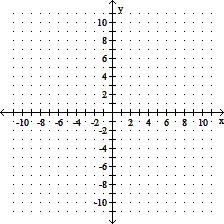
A. 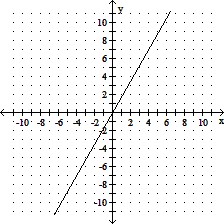
B. 
C. 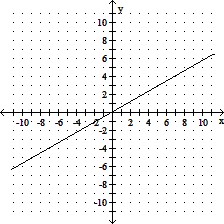
D. 
Add or subtract. Simplify the answer. -
- 
A. 
B. 
C. 18
D. 